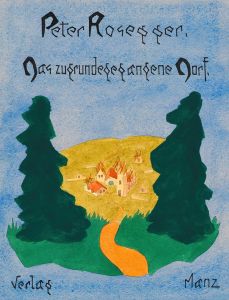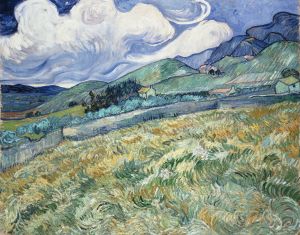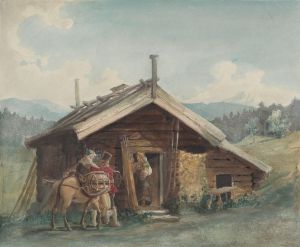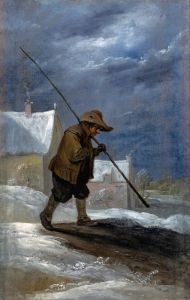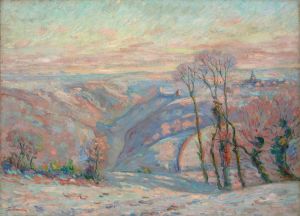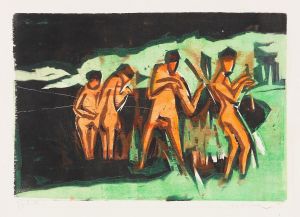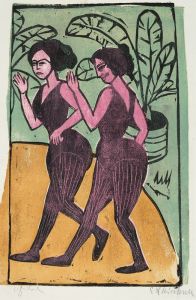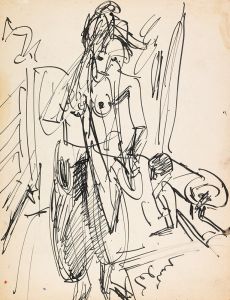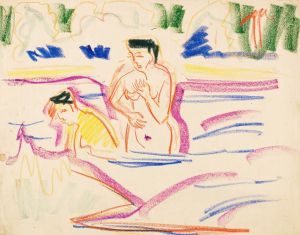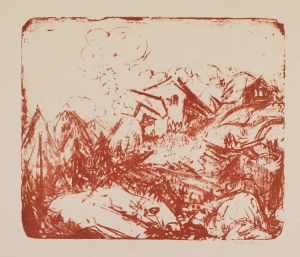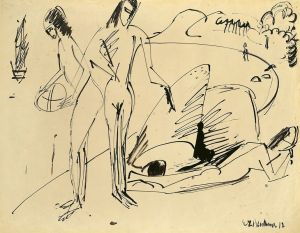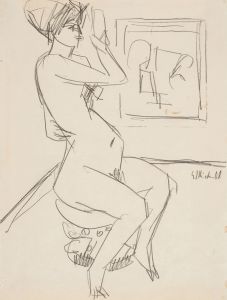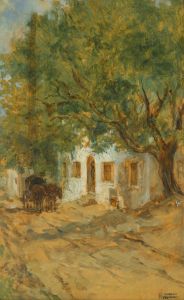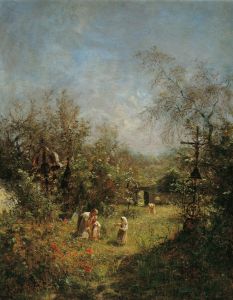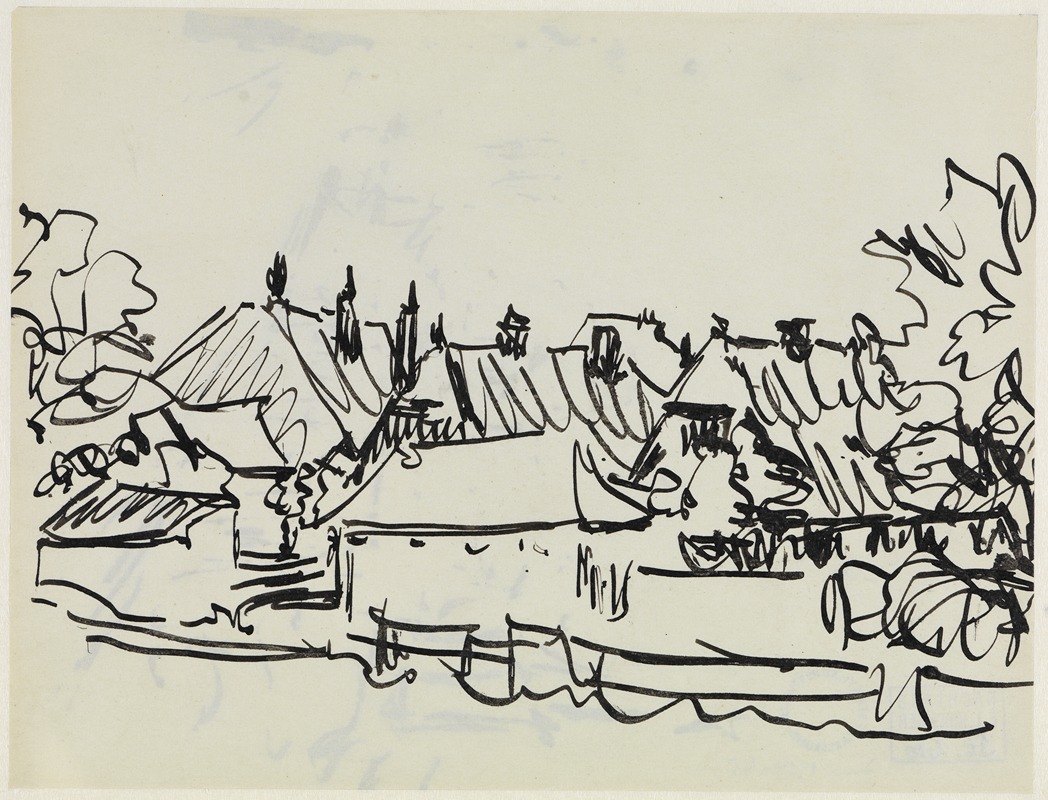
Dorf auf Fehmarn
A hand-painted replica of Ernst Ludwig Kirchner’s masterpiece Dorf auf Fehmarn, meticulously crafted by professional artists to capture the true essence of the original. Each piece is created with museum-quality canvas and rare mineral pigments, carefully painted by experienced artists with delicate brushstrokes and rich, layered colors to perfectly recreate the texture of the original artwork. Unlike machine-printed reproductions, this hand-painted version brings the painting to life, infused with the artist’s emotions and skill in every stroke. Whether for personal collection or home decoration, it instantly elevates the artistic atmosphere of any space.
Ernst Ludwig Kirchner's painting "Dorf auf Fehmarn" (translated as "Village on Fehmarn") is a work by the German Expressionist artist, created during his time on the island of Fehmarn in the Baltic Sea. Kirchner, a founding member of the influential art group Die Brücke, is known for his vivid use of color, dynamic compositions, and emotionally charged depictions of landscapes, urban scenes, and figures.
Fehmarn, an island in northern Germany, served as a significant source of inspiration for Kirchner during his visits between 1912 and 1914. The island's natural beauty and rural simplicity provided a stark contrast to the bustling urban environments that Kirchner often depicted in his earlier works. During his stays on Fehmarn, Kirchner created numerous paintings, drawings, and prints that captured the island's landscapes, villages, and coastal scenes. These works are characterized by bold, expressive brushstrokes and a vibrant color palette, reflecting the artist's emotional connection to the environment.
"Dorf auf Fehmarn" is one of the many works that Kirchner produced during this period. The painting depicts a village scene on the island, rendered in Kirchner's distinctive Expressionist style. The composition likely includes simplified forms, exaggerated perspectives, and intense colors, which are hallmarks of his approach to capturing the essence of a place rather than its literal appearance. This stylistic approach aligns with the broader goals of the Expressionist movement, which sought to convey subjective emotions and experiences through art.
Kirchner's time on Fehmarn was not only artistically productive but also personally significant. The island provided him with a retreat from the pressures of urban life and the art world, allowing him to focus on his creative practice. However, his visits to Fehmarn were interrupted by the outbreak of World War I in 1914, which marked a turning point in his life and career.
Today, "Dorf auf Fehmarn" is recognized as an important example of Kirchner's landscape work and his engagement with the natural world. The painting reflects his ability to transform everyday scenes into powerful expressions of mood and atmosphere. Like many of Kirchner's works, it is celebrated for its innovative approach to form and color, which had a lasting impact on modern art.
Further details about the specific location of the painting, its current ownership, or its exhibition history are not provided in available sources.





